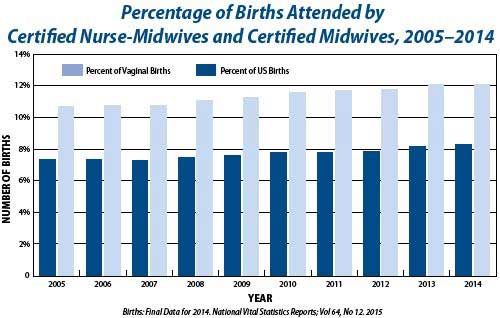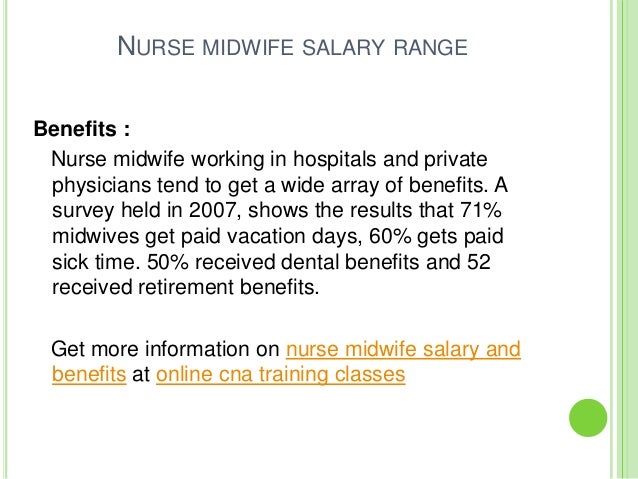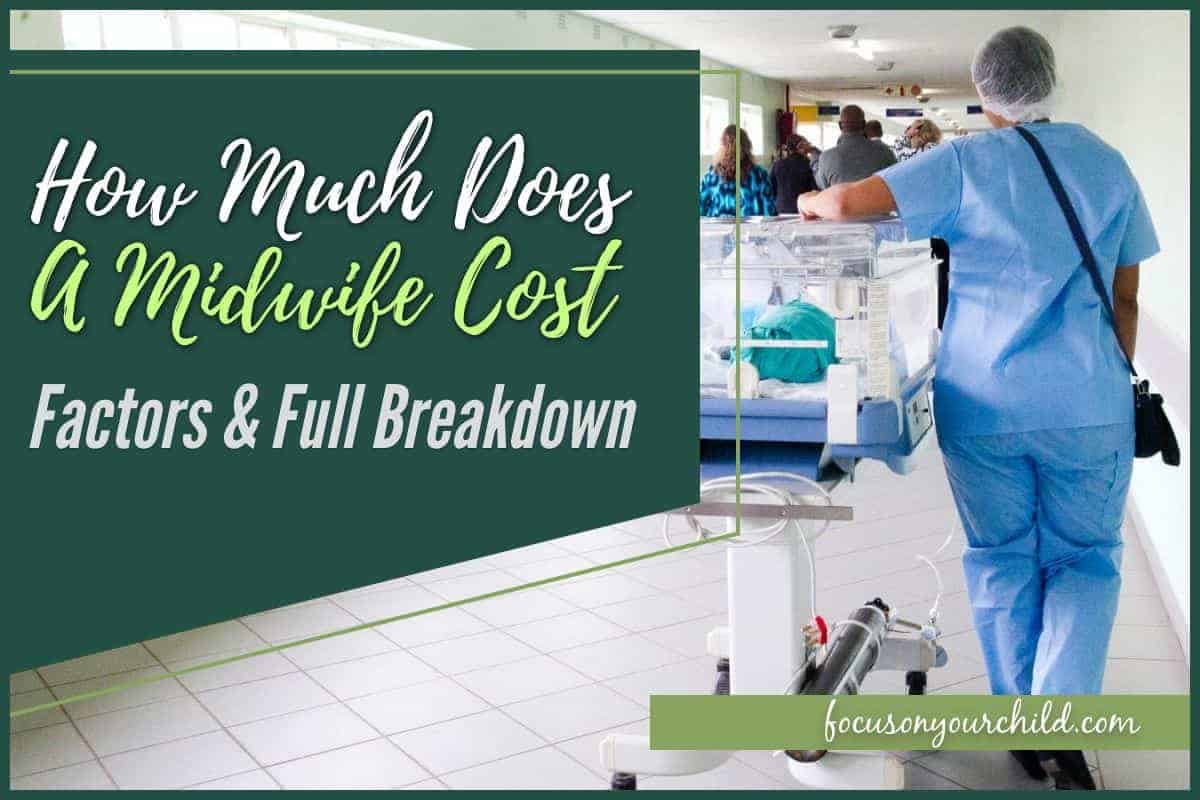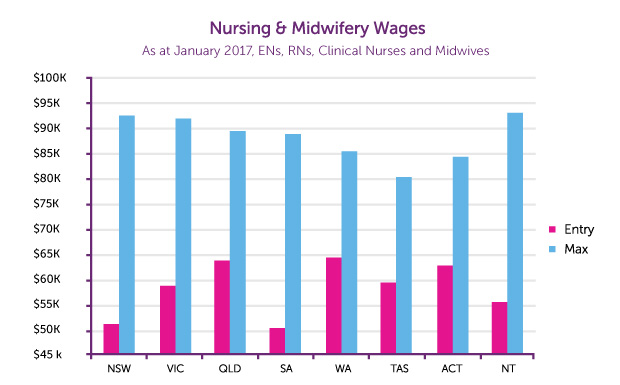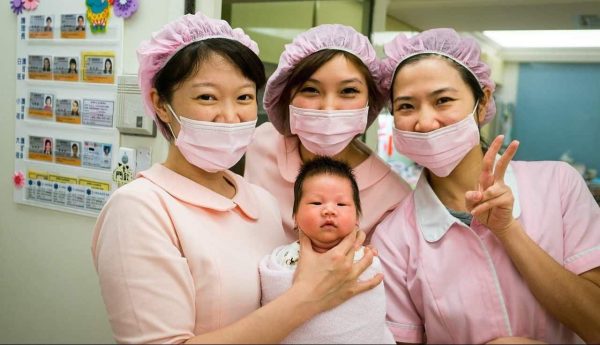How Much Does A Midwife Make Per Birth Nz
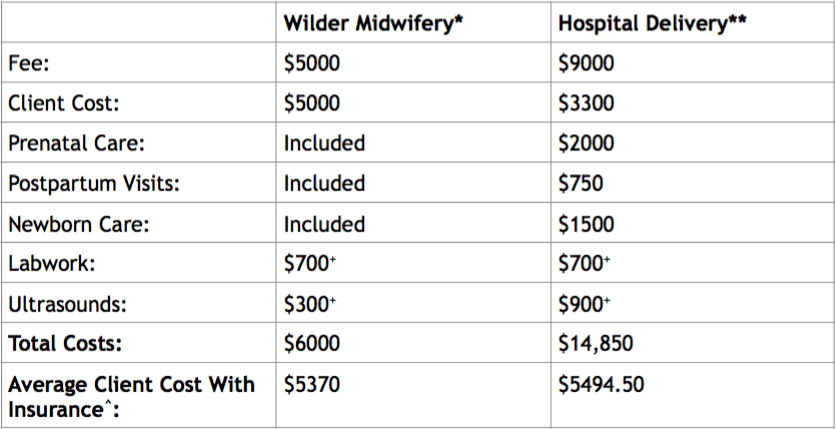
The financial compensation of midwives in New Zealand for each birth is a topic of ongoing interest and occasional debate. Understanding the remuneration structure is crucial for aspiring midwives, current practitioners, and those involved in healthcare policy.
Understanding Midwifery Remuneration in New Zealand
Midwives in New Zealand are primarily funded through a caseload-based payment system. This means they receive a set fee for providing care to a woman throughout her pregnancy, labour, birth, and the postnatal period. The exact amount can vary depending on several factors.
A key determinant is whether the midwife is self-employed or employed by a District Health Board (DHB). The majority of community midwives in New Zealand operate as Lead Maternity Carers (LMCs) and are self-employed.
Caseload Funding for Self-Employed Midwives
Self-employed LMCs receive funding directly from the Ministry of Health. The funding model is complex, encompassing a base payment plus additional payments for specific services and complexities.
The base payment covers standard antenatal, labour and birth, and postnatal care. Additional payments may be claimed for factors such as multiple births, care provided in rural areas, or for women with specific medical conditions that require increased input.
The average gross payment for a straightforward birth managed by an LMC can range from approximately $3,500 to $4,500. However, this is before expenses.
Expenses and Net Income
It's crucial to remember that this gross payment does not represent a midwife's net income. LMCs are responsible for covering all their business expenses.
These costs include professional indemnity insurance, travel, equipment, office space, and administrative support. These overheads can significantly reduce a midwife's take-home pay.
After deducting these expenses, the net income per birth can be considerably lower. Depending on individual circumstances, a self-employed midwife's net income per birth might range from $1,500 to $2,500.
DHB-Employed Midwives
Midwives employed by DHBs receive a regular salary. Their pay scales are determined by collective agreements and reflect their experience and qualifications.
While their income is not directly tied to the number of births they attend, their workload and responsibilities contribute to the overall staffing and resource allocation within the hospital setting.
DHB salaries offer more financial stability compared to the variable income of self-employed LMCs. The starting salary for a newly qualified midwife employed by a DHB is usually around $60,000-$70,000 annually.
Impact and Challenges
The funding model for midwives in New Zealand has been subject to review and debate over the years. Concerns have been raised about the sustainability of the LMC model, particularly regarding the financial pressures faced by self-employed midwives.
The demands of the job, coupled with the financial realities, can lead to burnout and contribute to workforce shortages in some regions. This is especially true in rural areas, where travel costs are higher, and the workload can be more unpredictable.
The New Zealand College of Midwives advocates for fair remuneration and working conditions to ensure the ongoing viability of the profession. Their efforts focus on securing funding that reflects the value of midwifery care and supports a sustainable workforce.
The funding model and the income it generates impact the availability and quality of midwifery services. Addressing these challenges is critical to ensuring women in New Zealand have access to quality maternity care.
Ultimately, the financial compensation of midwives is a complex issue with far-reaching implications for the profession and the women they serve. Continued monitoring and adjustments to the funding model are necessary to ensure a sustainable and equitable system.
